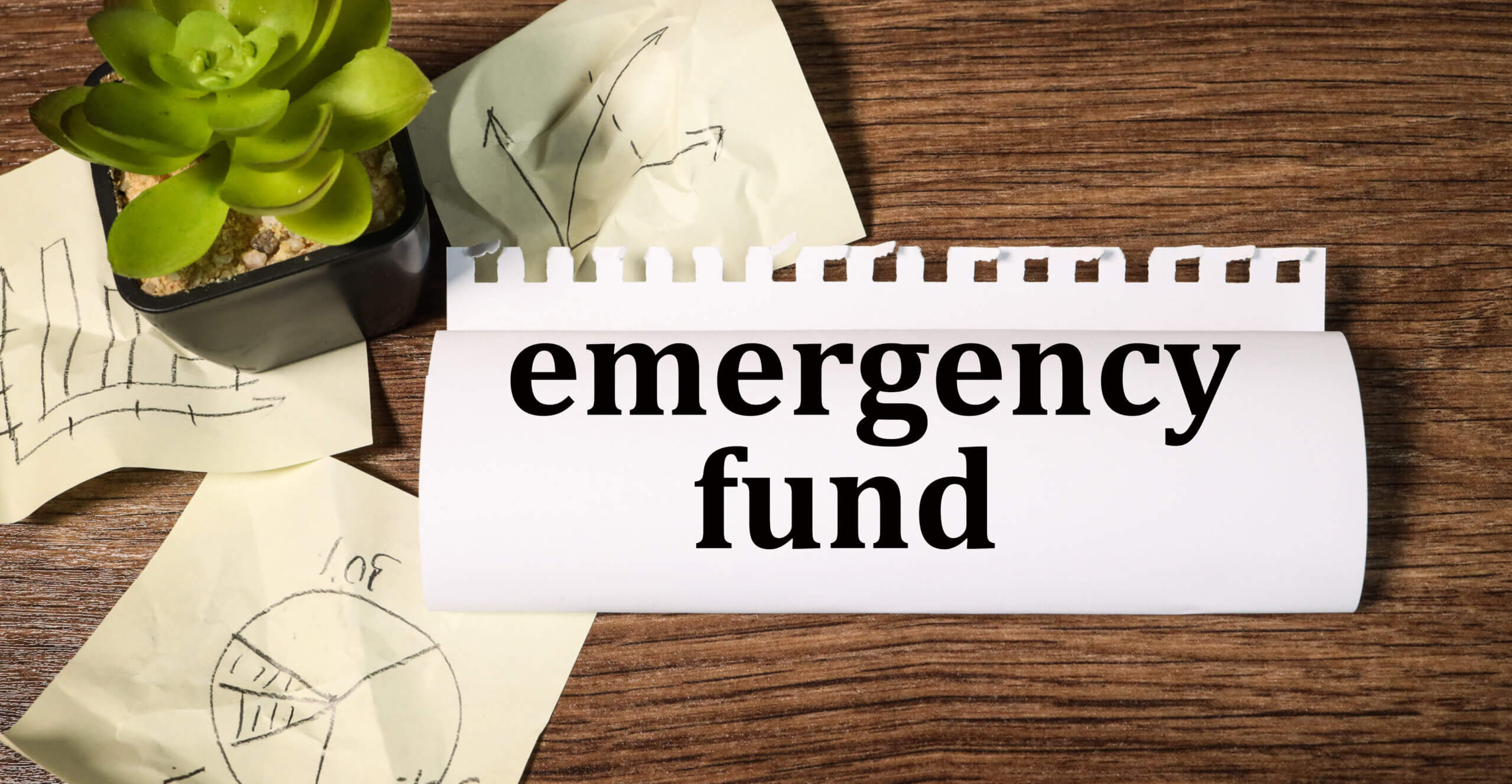The world is at an energy inflection point. The urgency of the climate crisis, combined with technological advancements and falling costs, has made renewable energy not just an alternative, but an economic and environmental necessity. This massive transition—from fossil fuels to clean sources like solar and wind—is not just a global imperative; it’s one of the greatest investment opportunities of our time. The renewable energy boom is creating a new financial ecosystem, and for those willing to understand the landscape, the potential for profit is substantial.
This article will explore the various ways you can capitalize on this green revolution. From direct investments to indirect strategies, we’ll examine how you can position your portfolio to benefit from the ongoing energy transition.
The Driving Forces Behind the Boom
Before diving into investment strategies, it’s crucial to understand why the renewable energy sector is on the rise.
- Technology and Cost: The price of solar panels and wind turbines has plummeted over the last few decades. In many cases, solar and wind energy are now cheaper than fossil fuels. This “grid parity” has removed the primary obstacle to mass adoption.
- Government Policies: Governments worldwide are implementing incentive policies, such as tax credits, favorable energy tariffs, and clean energy targets. This creates a predictable and attractive business environment for investors.
- Corporate and Consumer Demand: Major companies like Google and Amazon are actively seeking renewable energy to power their operations and meet sustainability goals. Similarly, consumers are increasingly conscious and willing to adopt clean energy solutions for their homes and cars.
Direct Investment Strategies
For those with an appetite for risk and capital, direct investment in the sector can offer significant returns.
1. Renewable Energy Stocks
This is the most common form of investment. You can buy shares in companies that are at the forefront of the green revolution. These companies can be categorized as follows:
- Developers and Operators: Companies that build and operate solar farms, wind parks, and other energy infrastructure. Examples include companies like NextEra Energy (a major U.S. operator) and EDP Renováveis (a global player).
- Technology Manufacturers: Companies that produce essential components, such as solar panels, wind turbines, energy storage batteries, and inverters. Enphase Energy, for instance, is a leading manufacturer of microinverters.
- Installation Companies: Businesses focused on installing renewable energy systems for residential and commercial customers. Sunrun is an example in the U.S., offering installation and leasing services for residential solar panels.
The key here is to conduct thorough research. Look at the company’s financial health, its project pipeline, the quality of its management, and its market position.
2. Exchange-Traded Funds (ETFs)
If you don’t want the risk of picking individual stocks, ETFs are an excellent alternative. A renewable energy ETF is a fund that pools together dozens or even hundreds of stocks from companies in the sector. This provides instant diversification.
Popular ETF examples include:
- iShares Global Clean Energy ETF (ICLN): Invests in a broad range of global clean energy companies.
- First Trust NASDAQ Clean Edge Green Energy Index Fund (QCLN): Focused on clean technology companies, including electric vehicles and batteries.
ETFs are a safer way to enter the market because the risk is spread out among many companies. Monitor the ETFs you are considering, as they may have different focuses and geographical allocations.
Indirect Investment Strategies
Not all investments have to be directly in the renewable energy sector. The boom creates opportunities in related industries that benefit from the energy transition.
1. Raw Materials and Mining
The manufacturing of solar panels, wind turbines, and especially batteries, requires a significant amount of raw materials. Lithium, cobalt, nickel, and copper are all essential. Investing in mining companies that produce these materials can be a way to profit from the sector’s growth without investing directly in energy companies.
2. Infrastructure and Transmission
Once energy is generated by solar panels or turbines, it needs to be transported. This creates a huge demand for infrastructure companies that build and maintain power grids. Utility companies that are investing heavily in modernizing their grids to accommodate renewable energy are also good candidates.
3. Electric Vehicles and Batteries
The growth of renewable energy is intrinsically linked to the electric vehicle (EV) boom. EVs need electricity to run, and the demand for charging drives the need for more clean energy. Investing in EV manufacturers (like Tesla) or battery technology companies can be a way to bet on this interconnected ecosystem.
Tips for Investors
- Do Your Homework: The renewable energy sector is vast and complex. Don’t invest in a company or fund just because it’s popular. Research thoroughly. Understand the technology, the business model, and the regulatory landscape.
- Think Long-Term: The energy transition is a marathon, not a sprint. Renewable energy projects have long lifecycles, and investment returns may take time to materialize. Patience is key.
- Diversify: Don’t put all your eggs in one basket. Combine direct investments (company stocks) with indirect ones (raw materials or infrastructure). Also, consider geographical diversification, as the renewable energy boom is happening worldwide.
- Consider the Risk: Like any investment, the renewable energy sector has its risks. Changes in government policies, fluctuations in raw material prices, or technological failures can impact returns. Be aware of these risks.
Conclusion
The renewable energy boom is not just a trend; it’s the redefinition of our global energy infrastructure. The opportunities for profit are vast, spanning from technology manufacturers and project developers to mining companies and infrastructure providers. By understanding the forces behind this transition and applying a smart, diversified investment strategy, you can position your portfolio to benefit from one of the greatest economic shifts of the 21st century. The future is green, and the potential for profit is promising.





